Our featured presenters are Alicia Vasto from the Iowa Environmental Council speaking on the Mississippi River Restoration and Resilience initiative (MRRRI), Brandt Thorington from the Mississippi River Cities and Towns Initiative on the Safeguarding the Mississippi River Together initiative (SMRT), Lara Bryant from the Natural Resources Defense Council speaking on behalf of the Clean Water For All Coalition on the Farm Bill reauthorization and Kirsten Wallace from the Upper Mississippi River Basin Authority on the notion of an Upper Midwest Compact to protect the waters of the Mississippi from diversion. We have more information on the speakers in this post on the UMRR Blog. This video was recorded on May 21 at 10:30. This video is presented by the League of Women Voters Upper Mississippi River Region. To learn more about our organization and our work, visit our website at https://www.lwvumrr.org/ .
0 Comments
The answer is that Congress is one piece – an important one – of the solution to the Mississippi’s woes. In the UMRR Annual Meeting, we will have an exciting panel of speakers to talk about bills currently in the US Congress that have the potential to greatly affect our river. We will also explore the idea of a “compact” between river states to protect the river from water diversions. This session will set the stage for the work that LWV UMRR will tackle in the years to come. Join LWV UMRR for this session on May 21 at 10:30. This meeting will be held in Webinar format on Zoom - pre-registration is required. Click this link to pre-register! You will receive the link to the meeting by return email; we will send reminders in May, including on the 21st. Registration is open until the meeting starts on May 21 at 10:30. We have a great slate of panelists for this session - representatives from other organizations working for the river and leading work on federal bills and big ideas. We will cover the Mississippi River Restoration and Resilience initiative (MRRRI), the Safeguarding the Mississippi River Together initiative (SMRT), the Farm Bill reauthorization and a big idea - the notion of an Upper Midwest Compact to protect the waters of the Mississippi from diversion. Our speakers represent organizations that are working to protect the Mississippi.
This year's Gulf of Mexico Dead Zone (which occurs near where the Mississippi River drains into the Gulf) brings the same story of a larger-than-average measurement. The hypoxic (no oxygen) 'dead zone' measured three times larger than our national goal, measuring in at over 6,300 square miles; an area larger than the state of Connecticut. It is a stark reminder that we must be doing more, not less, to protect clean water across the Mississippi River Basin. Friends of the Mississippi River’s, Peter LaFontaine, breaks down this year’s measurement and solutions to the problems here. It’s time for a new vision Now, we have a great opportunity to do something different. Let’s break this cycle of the same headlines year after year. The Mississippi River Restoration and Resilience Initiative (or MRRRI) is one new tool we can support right now. Matt Rota of Healthy Gulf in Louisiana recently shared that, “this legislation would create a Federal office focused on the health of the Mississippi and would include significant funds dedicated to nitrogen and phosphorus pollution that feeds the Dead Zone”. The MRRRI Act, or H.R. 4202, was introduced by Congresswoman Betty McCollum earlier this summer. Take action to support a new vision for the Mississippi River now by emailing or calling your congressperson (don't worry, it's easy to take action!). The Dead Zone is three times larger than it 'should' be. Image: LUMCON/NOAA results from their July 25 - August 1, 2021, Gulf Hypoxia Zone measurement cruise. 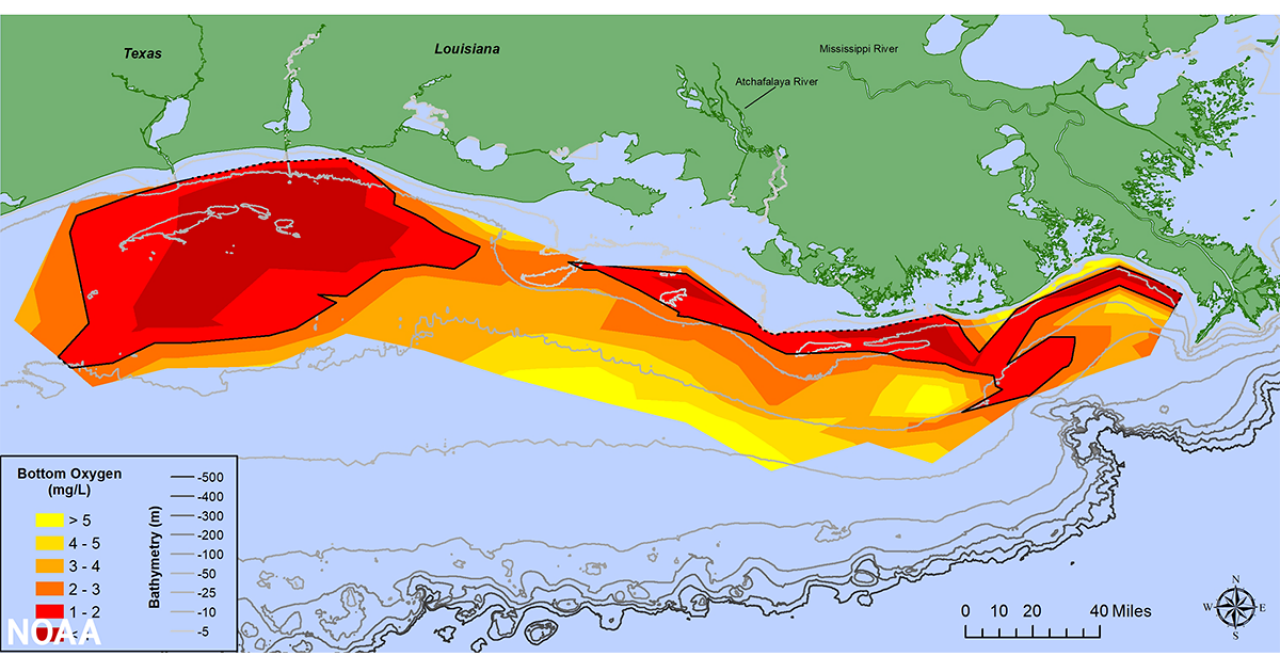 This blog post was extracted from an email sent by 1 Mississippi on September 2, 2021.
The Mississippi River is an enduring and defining feature of North America – and a vital source of jobs, recreation, and drinking water. Congresswoman Betty McCollum has a new initiative - the Mississippi River Restoration and Resilience Initiative Act, HR 4202!
Now is the time that we need to reach out to our members of Congress to urge their support for this bill. Follow this link for an action message from the Mississippi River Network that includes a message to share when you make the call. The MRRRI bill directs EPA to develop a strategy with federal, tribal, state and local entities to improve water quality, resilience to natural disasters, native ecosystems, and more – restoring the vitality of The Great River for generations to come. The LWV UMRR Annual Meeting featured remarks by Representative McCollum and an excellent talk by Kelly McGinnis, Executive Director of the Mississippi River Network. LWV UMRR's Communications Director Gretchen Sabel also shares information on a similar program - the Great Lakes Restoration Initiative - and how it has helped to clean up long-time pollution problems in the Great Lakes. You can see the video from this presentation on the LWV UMRR YouTube channel here. |
| LWV Upper Mississippi River Region | UMRR blog |

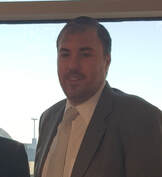
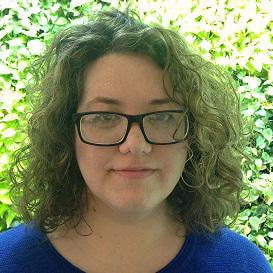
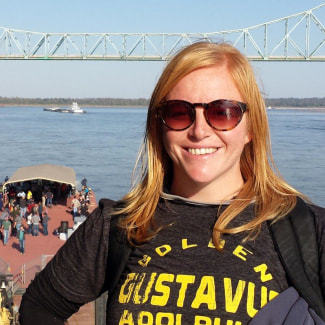
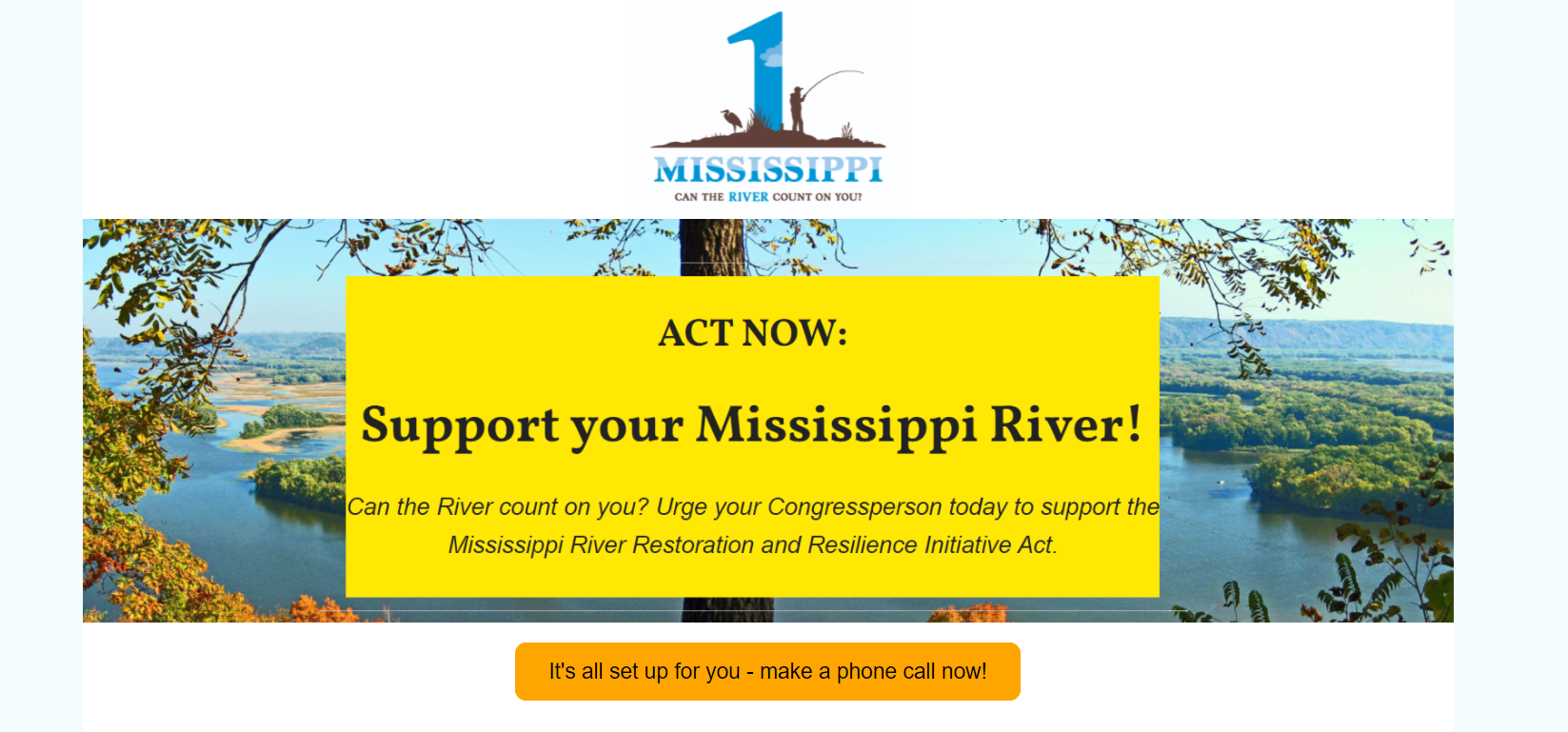
 RSS Feed
RSS Feed